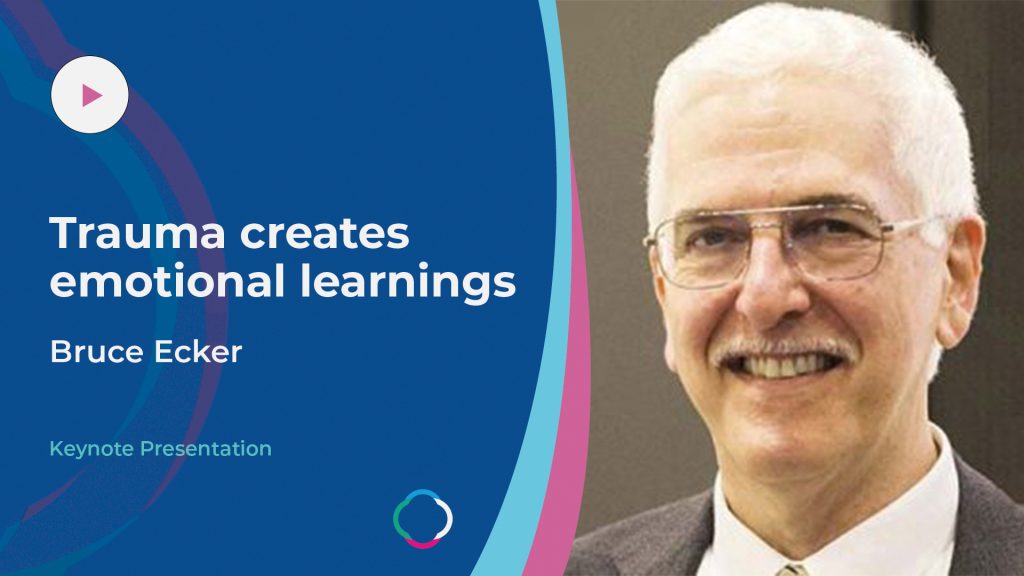Trauma creates emotional learnings that are unlearned and depotentiated through memory reconsolidation

Traumatic experiences create memory of not only the raw sensory and emotional experience of the ordeal-event itself (episodic memory), but also memory of what was learned about the world and one’s vulnerability in it (semantic memory, consisting of schemas or mental models).
Each of those two types of traumatic memory can generate a wide range of long-term post-traumatic symptoms. The most effective trauma therapy produces transformational change in traumatic memory content, ending symptom production completely. From extensive neuroscience research, we now have an understanding of the brain’s innate mechanism, known as memory reconsolidation (MR), for transforming memory contents at the level of both their subjective expression and their neural encoding.
This presentation explains the operation of MR and gives case examples of its sensitively tailored therapeutic application to both types of traumatic memory, delineating the differences in how episodic and semantic traumatic memories are depotentiated through MR. The core process of MR for transformational change is well-defined and consists of a particular set of subjective experiences, which gives therapists full freedom to use any of the therapy field’s vast range of techniques and systems in order to create those key experiences. Thus an understanding of MR also serves as a unifying understanding of why therapy systems that differ greatly in technique and theory can nevertheless carry out the same core process to achieve transformational change. That single core process of MR has been shown to be present in published, transformational therapy sessions from ten different systems of psychotherapy.





Responses